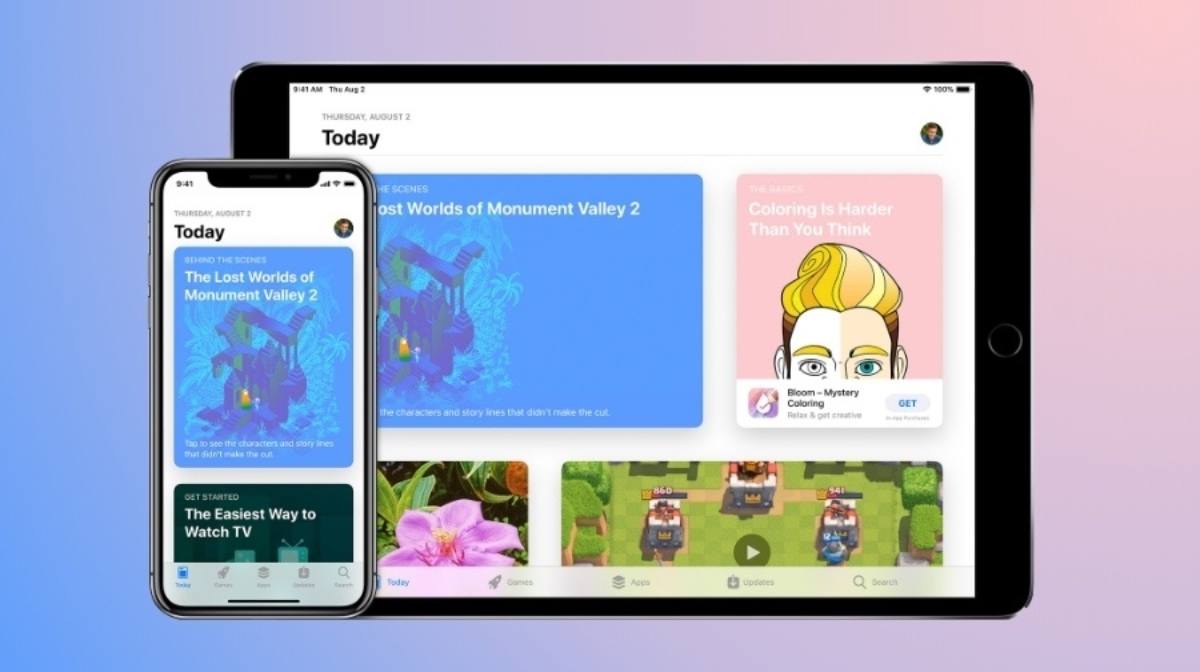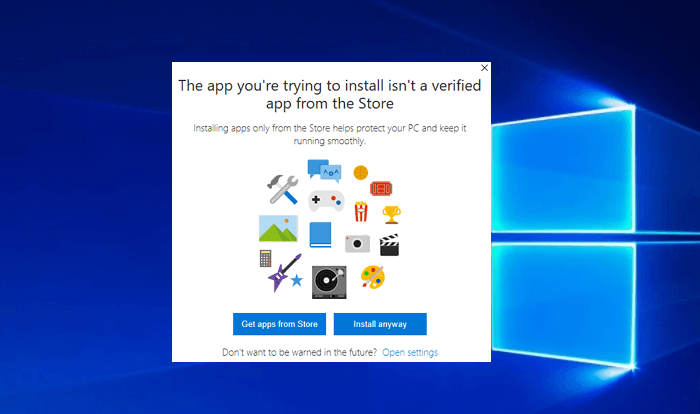고정 헤더 영역
상세 컨텐츠
본문
Sidequest is a desktop app for Mac/Windows/Linux which allows you to browse and install content on your Quest via sideloading. Follow the steps below to install it on your computer and set it up for use with your Quest.
Download & install
Open Settings and go to Update & security. Sarah Jacobsson Purewal/CNET. Under the For developers tab, click Sideload apps. Sarah Jacobsson Purewal/CNET. A warning window will pop up.
Go to the Sidequest download page and click the button to download Sidequest for your operating system.
Open the downloaded file and run the installer. The installation process includes all the drivers needed for transferring files to your Quest.

Enable USB debugging
- Aug 05, 2019 Through this method, you can Sideload iOS Apps on any iPhone and iPad. IOS & iPadOS users can run Cydia Impactor on both the Windows and Mac ecosystems. Using Cydia Impactor to sideload iOS Apps Before you learn how to Sideload iOS Apps using Cydia Impactor, its important to learn what is Sideloading and how it works.
- Sep 25, 2019 For your information, those applications will come up with free of cost and allow you to download and install at free of cost. Before getting into a downloading option, make sure to know about the sideload iOS apps are a scam. People who want to proceed over sideload iOS apps on Mac can follow the below stuff. Here we are going to check out.
Next, we'll tell the Quest it's OK to connect to your computer:
- Open the Sidequest app on your computer
- Connect the Quest to your computer via USB cable.
- Put on the Quest headset – you should see a window open asking you to Allow USB debugging.
- Check the box labelled Always allow from this computer and click OK
Your Quest and computer are now set up for sideloading using the Sidequest app.
Install a featured app
To install one of the apps featured in Sidequest:
- Click the app's thumbnail image or title
- Click Install Latest on the app's page.
To install any other apk file:
- Click the icon showing an arrow inside a box at the top of the Sidequest window.
- Choose your apk from the window that opens
To launch a sideloaded .apk file on your Quest:
- From your Quest headset, go to Library -> Unknown Sources
- Click the app you want to launch from the list on the right
Sideload Apps Android
 -->
-->To see how your add-in will run in Office on iOS, you can sideload your add-in's manifest onto an iPad using iTunes, or sideload your add-in's manifest directly in Office on Mac. This action won't enable you to set breakpoints and debug your add-in's code while it's running, but you can see how it behaves and verify that the UI is usable and rendering appropriately.
Prerequisites for Office on iOS
A Windows or Mac computer with iTunes installed.
An iPad running iOS 8.2 or later with Excel on iPad installed, and a sync cable.
The manifest .xml file for the add-in you want to test.
Prerequisites for Office on Mac
A Mac running OS X v10.10 'Yosemite' or later with Office on Mac installed.
Word on Mac version 15.18 (160109).
Excel on Mac version 15.19 (160206).
PowerPoint on Mac version 15.24 (160614)
The manifest .xml file for the add-in you want to test.
Sideload an add-in on Excel or Word on iPad
Iphone Sideload Apps
Use a sync cable to connect your iPad to your computer. If you're connecting the iPad to your computer for the first time, you'll be prompted with Trust This Computer?. Choose Trust to continue.
In iTunes, choose the iPad icon below the menu bar.
Under Settings on the left side of iTunes, choose Apps.
On the right side of iTunes, scroll down to File Sharing, and then choose Excel or Word in the Add-ins column.
At the bottom of the Excel or Word Documents column, choose Add File, and then select the manifest .xml file of the add-in you want to sideload.
Open the Excel or Word app on your iPad. If the Excel or Word app is already running, choose the Home button, and then close and restart the app.
Open a document.
Choose Add-ins on the Insert tab. Your sideloaded add-in is available to insert under the Developer heading in the Add-ins UI.
Sideload an add-in in Office on Mac
Note
To sideload an Outlook add-in on Mac, see Sideload Outlook add-ins for testing.
Open Terminal and go to one of the following folders where you'll save your add-in's manifest file. If the
weffolder doesn't exist on your computer, create it.- For Word:
/Users/<username>/Library/Containers/com.microsoft.Word/Data/Documents/wef - For Excel:
/Users/<username>/Library/Containers/com.microsoft.Excel/Data/Documents/wef - For PowerPoint:
/Users/<username>/Library/Containers/com.microsoft.Powerpoint/Data/Documents/wef
- For Word:
Open the folder in Finder using the command
open .(including the period or dot). Copy your add-in's manifest file to this folder.Open Word, and then open a document. Restart Word if it's already running.
In Word, choose Insert > Add-ins > My Add-ins (drop-down menu), and then choose your add-in.
Important
Sideloaded add-ins will not show up in the My Add-ins dialog box. They are only visible within the drop-down menu (small down-arrow to the right of My Add-ins on the Insert tab). Sideloaded add-ins are listed under the Developer Add-ins heading in this menu.
Verify that your add-in is displayed in Word.
Remove a sideloaded add-in
You can remove a previously sideloaded add-in by clearing the Office cache on your computer. Details on how to clear the cache for each platform and host can be found in the article Clear the Office cache.




